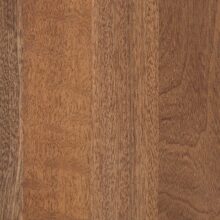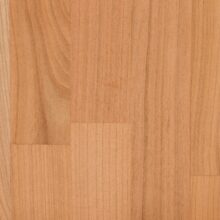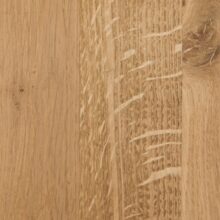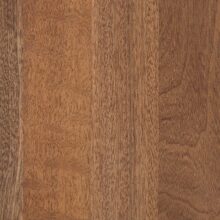Prime Oak vs. Rustic Oak Worktops: Key Differences
When selecting an oak worktop for your kitchen, you’ll often come across terms like “prime oak” and “rustic oak.” These designations refer to the grade and appearance of the wood, which can significantly influence the overall look and feel of your kitchen. Here’s a breakdown of the key differences between prime oak and rustic oak worktops:
Prime Oak Worktops
Aesthetic Quality
Prime oak worktops are known for their refined and uniform appearance. The wood used for prime oak is carefully selected to minimize the presence of knots, cracks, and other natural imperfections. This selection process results in a more consistent grain pattern and colour, giving prime oak worktops a sleek, sophisticated, and elegant look.
Grain and Colour
The grain in prime oak is generally more subtle and straight, with fewer variations in colour. The uniformity in both colour and grain makes prime oak ideal for contemporary or minimalist kitchen designs where a clean and polished appearance is desired.
Price
Due to the careful selection and higher quality of the wood, prime oak worktops are typically more expensive than rustic oak. The premium price reflects the rarity of the flawless wood used and the additional effort required to source and prepare it.
Suitability
Prime oak is ideal for homeowners who want a worktop that exudes luxury and refinement. It works well in modern, high-end kitchens where a smooth, consistent finish is a priority.
Rustic Oak Worktops
Aesthetic Quality
Rustic oak worktops, on the other hand, embrace the natural characteristics of the wood, such as knots, colour variations, cracks, and grain irregularities. These features give rustic oak a more rugged, organic, and traditional appearance, making it a popular choice for those who appreciate the natural beauty and character of wood.
Grain and Colour
The grain in rustic oak is more varied, with a mix of straight and wavy patterns. The presence of knots and cracks adds to the rustic charm, creating a more textured and visually interesting surface. The colour of rustic oak can also vary more, with a mix of lighter and darker tones throughout the worktop.
Price
Rustic oak worktops are generally more affordable than prime oak because they include wood that may not meet the stringent selection criteria for prime oak. However, the lower cost does not necessarily mean lower quality; rather, it reflects the natural, unrefined characteristics of the wood.
Suitability
Rustic oak is ideal for traditional, country-style, or farmhouse kitchens where a more natural, lived-in look is desired. It’s also a great choice for those who appreciate the unique personality and warmth that rustic wood brings to a space.
Summary of Differences
– Aesthetic Quality: Prime oak is smooth and uniform, while rustic oak is textured and full of natural imperfections.
– Grain and Colour: Prime oak has a consistent grain and colour, whereas rustic oak features varied grain patterns and colour tones.
– Price: Prime oak is typically more expensive than rustic oak due to the higher quality and selection process.
– Suitability: Prime oak suits modern, sleek designs, while rustic oak is better for traditional, rustic, or farmhouse-style kitchens.
Both prime and rustic oak worktops offer their own unique appeal. Your choice should depend on the overall design aesthetic you want to achieve in your kitchen and your preference for either a refined or a more natural, character-rich appearance.









